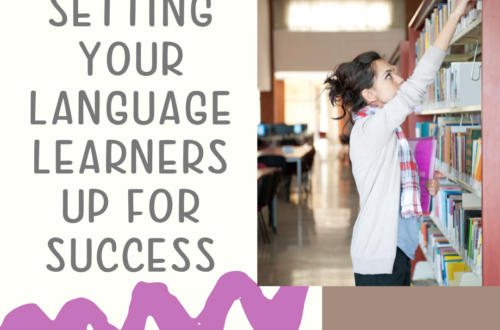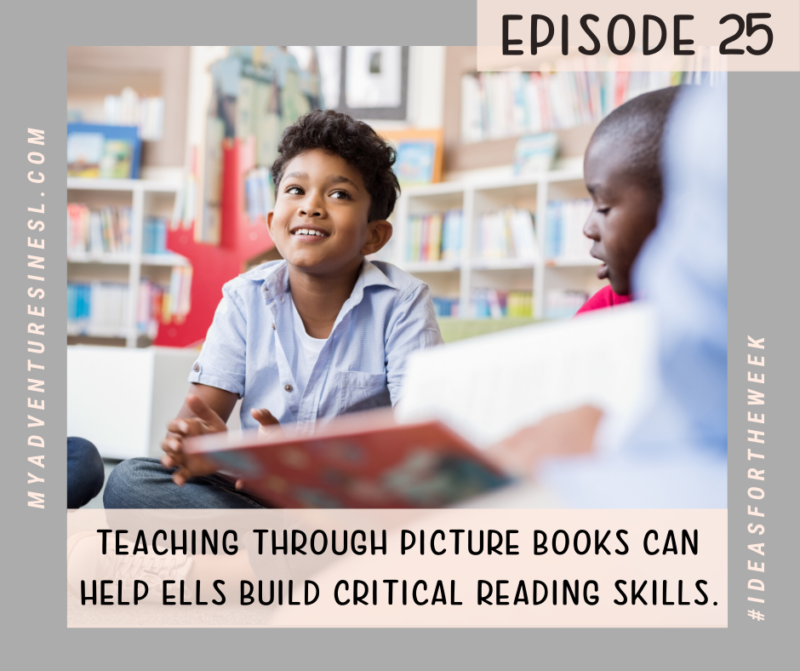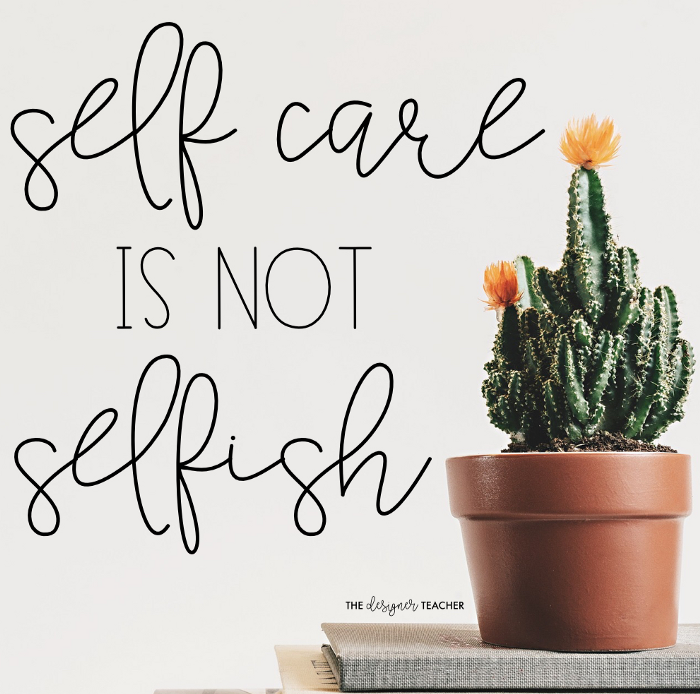
Common Mistakes When Looking for Resources (How to fix it)
We are going to start off today’s episode with your reflection question. Do you struggle with finding resources? If so, why? Take a moment to reflect on this question. Think about this question and answer to yourself honestly about where you stand.
Have you ever spent your entire planning period searching or scanning for resources? This is the biggest struggle that most teachers have when it comes to supporting Language Learners.
When speaking to educators like yourself, they consistently say they are constantly on the hamster wheel of looking for resources. Day after day I hear this from educators. A lot of them share stories of being overwhelmed because they are too many resources to choose from. Yes, you heard me correctly. There are too many resources. Then, there are the educators who don’t know where to start when they are searching for lessons for Language Learners.
This leads me to share some common mistakes when finding resources for your Language Learners and how you can fix them!
Mistake #1: The first mistake educators make when looking for resources is not using a curriculum map to guide them in finding resources. A curriculum map is an overview of what you are teaching for the year. Curriculum maps break down what you are teaching for the month and in some cases what you are teaching for the week. A lot of times ESL teachers feel that they do not need a curriculum map, but we need a curriculum map. A curriculum map will guide you in finding resources.
How to Fix Mistake #1: Using a curriculum map when searching for resources, will simplify and guide you through the process of finding resources for your Language Learners.
Mistake #2: The second mistake educators make when searching for resources is not having a list of places to look for resources from when searching. For example, you are looking for resources on 15 different websites instead of having a select few. Looking through so many websites can be overwhelming. Personally, I have three where I consistently go to find resources to support my lessons. Each one serves a very specific purpose. For example, for kindergarten
printable resources I lean on Scholastic Teachables because they have a huge catalog of worksheets and activities for kindergarten. On the flip side, I do not use Scholastic Teachables for my upper grades because some of their upper-grade resources are not as authentic. Therefore for my upper grades, I either create the resource or go to one of my favorite Teacher Pay Teacher stores.
How to Fix Mistake #2: Take a moment to think of what you need in terms of resources. Then, the next step is to find resources, websites, and products that fit that need. This may take some trial and error, but you will quickly find out how to fulfill that need.
Mistake #3: The third mistake educators make is not using age-appropriate resources for their Language Learners. This one can be kind of touchy. I want to start off by saying I understand, and I am very aware that some Language Learners may be below grade level in certain areas. However, when I am looking for resources I am very mindful about how that resource looks and the rigor of that resource. If I have a class of 8th graders, I tend to avoid “kiddie” looking resources. It may be a wonderful resource, but if the students see little baby clip art and photos they tend to shut down. I have even had some teachers reach out to me and ask me to “white-out” the grade levels on my resources so the students won’t see them.
How to Fix Mistake #3: When you are looking for resources and find them, ask yourself some guiding questions. How will my students feel about the clip art? Will this resource provide a productive struggle for my students?
My goal for today’s episode is to provide you with some guidance on how to search and find resources for your Language Learners. Here are your action steps:
- Brainstorm your current needs in your classroom.
- Find 2-3 go-to resources that fit that current need.
- Evaluate your current resources for age appropriateness and rigor.
What are your go-to resources? Share them below in the comments section.
You can download the transcript here.




